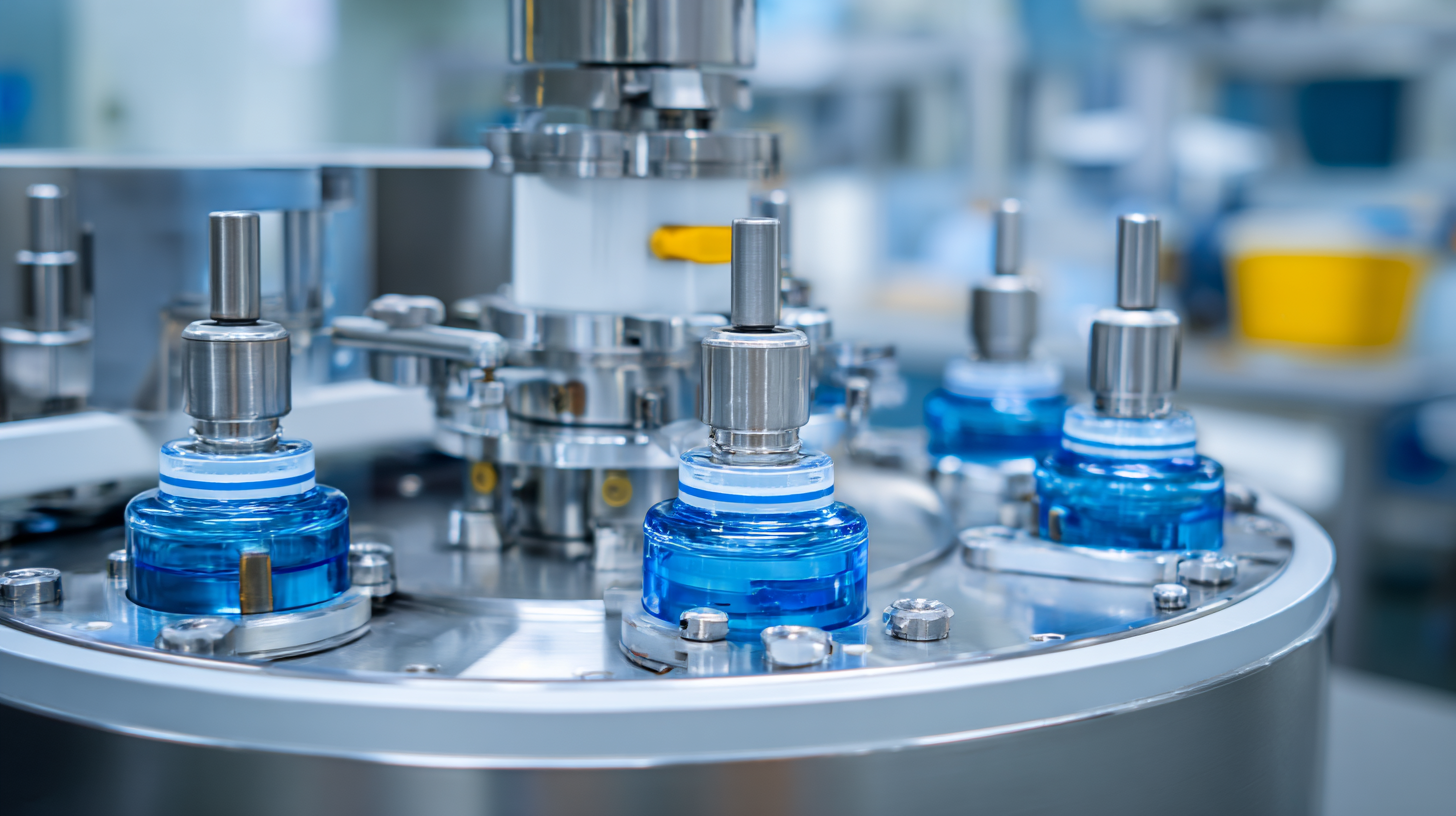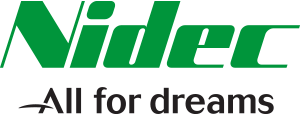5 Essential Metrics You Must Know About the Best Filling Equipment in 2023
In the ever-evolving landscape of manufacturing and packaging, understanding the core metrics of filling equipment is crucial for industry professionals aiming to stay competitive in 2023. As businesses strive to optimize their production processes, the selection of appropriate filling machinery can significantly impact efficiency, product quality, and overall operational success. This article delves into the five essential metrics that every decision-maker should know when evaluating the best filling equipment on the market. By focusing on key performance indicators such as speed, accuracy, versatility, maintenance, and compliance, professionals will be better equipped to make informed choices that enhance productivity and align with their specific operational needs. Whether you are a seasoned expert or new to the filling industry, mastering these metrics will empower you to navigate the complexities of today's filling technology landscape effectively.

Understanding Filling Accuracy: The Key Metric for Optimal Equipment Performance
Filling accuracy remains a critical metric for evaluating the performance of filling equipment in 2023. Precision in filling not only minimizes product waste but also ensures compliance with industry standards, which is particularly essential in sectors like food and pharmaceuticals. Recent reports indicate that machinery with a filling accuracy of over 99.5% can significantly enhance production efficiency while simultaneously reducing costs associated with rework and product recalls.
To optimize filling accuracy, companies are increasingly leveraging advanced technologies, including machine learning and deep learning. These technologies are capable of analyzing vast datasets to refine processes and detect anomalies that could compromise filling precision. For instance, adopting data-aware prompt optimization techniques has shown promise in enhancing operational efficiency and reliability in various domains, including supply chain management.
Tips:
1. Regularly calibrate and maintain your filling equipment to sustain optimal accuracy levels.
2. Invest in predictive analytics tools to foresee potential issues in the filling process and address them proactively.
3. Train your personnel on the importance of precision and the proper operation of filling machines to achieve consistent performance.
Evaluating Speed vs. Efficiency: Balancing Production and Quality Standards
When evaluating filling equipment in 2023, understanding the balance between speed and efficiency is crucial for maximizing production output while maintaining high-quality standards. Speed refers to how quickly the equipment can fill containers, which is often a primary concern for manufacturers seeking to meet high demand. However, this rapid pace can result in compromised accuracy and inconsistent product quality if not managed properly. Thus, striking the right balance is essential to avoid costly mistakes and ensure that every filled container meets the required specifications.
Efficiency goes beyond mere speed; it encompasses the equipment's ability to operate without waste and to adapt to various production needs seamlessly. Modern filling machines are designed to optimize both speed and efficiency by incorporating advanced technologies such as adjustable fill rates and automation features that minimize human error. By investing in equipment that prioritizes this balance, manufacturers can enhance their overall production processes, leading to better product quality and less downtime. In this environment, understanding these metrics is fundamental for companies looking to stay competitive in a rapidly evolving market.
5 Essential Metrics You Must Know About the Best Filling Equipment in 2023 - Evaluating Speed vs. Efficiency: Balancing Production and Quality Standards
| Filling Equipment Type |
Max Speed (Bottles/Min) |
Efficiency (%) |
Changeover Time (Min) |
Quality Rating (1-5) |
Maintenance Frequency (Months) |
| Full Automatic Filler |
200 |
95 |
10 |
5 |
6 |
| Semi-Automatic Filler |
100 |
90 |
15 |
4 |
12 |
| Manual Filler |
30 |
85 |
25 |
3 |
24 |
| Gravity Filler |
80 |
88 |
20 |
4 |
18 |
| Piston Filler |
150 |
92 |
12 |
5 |
8 |
The Importance of Versatility: Adapting to Diverse Product Requirements
In today's dynamically changing manufacturing landscape, versatility in filling equipment is paramount. As companies strive to meet the ever-evolving demands of diverse product lines, the ability to adapt filling machinery to various product requirements becomes crucial. Whether dealing with liquids, powders, or granulated materials, a versatile filling machine allows producers to switch between different products with minimal downtime, ultimately enhancing productivity and efficiency.
Moreover, the significance of flexibility in filling equipment extends beyond mere product compatibility. It drives innovation by enabling manufacturers to experiment with new formulations and packaging options without the hefty investment in new equipment. By investing in versatile filling solutions, companies can not only cater to existing product lines but also expand into new markets, responding swiftly to consumer trends and preferences. This adaptability ensures that manufacturers remain competitive in a rapidly changing economic environment, underscoring the essential nature of flexibility in filling machinery as a key metric for success in 2023.
Cost of Ownership: Assessing Long-term Value Beyond Initial Investment
When evaluating filling equipment, the cost of ownership emerges as a crucial metric that extends well beyond the initial purchase price. According to a report by PMMI Business Intelligence, businesses often underestimate the total cost of ownership (TCO) associated with filling equipment, which includes maintenance, labor, and downtime. In fact, research indicates that up to 70% of the TCO can be derived from ongoing operational expenses, highlighting the importance of a long-term investment approach.

Additionally, the efficiency and reliability of filling machines significantly contribute to their long-term value. A recent study from the International Society of Automation (ISA) suggests that high-performing equipment can improve throughput by up to 30%, directly impacting profitability. Moreover, investing in advanced technology with better automation features can reduce labor costs and minimize waste, leading to a swift return on investment. Therefore, while initial costs matter, savvy manufacturers should prioritize equipment that offers sustainable savings and operational efficiency over time.
Maintenance Metrics: Ensuring Reliability and Reducing Downtime for Filling Equipment
In the rapidly evolving landscape of filling equipment, maintenance metrics have emerged as pivotal indicators of performance and reliability. A recent industry report indicates that companies focusing on proactive maintenance can reduce critical downtime by up to 30%, significantly increasing production efficiency. Metrics such as Mean Time Between Failures (MTBF) and Overall Equipment Effectiveness (OEE) have become essential to gauge the reliability of filling systems, with OEE scores in top-performing facilities frequently exceeding 85%. This not only reflects optimal machine usage but also underscores the importance of meticulous maintenance practices.
Furthermore, tracking maintenance costs as a percentage of production can reveal insights into operational effectiveness. According to the latest survey by the International Society of Automation, manufacturers that consistently monitor this metric tend to see a 20% decrease in unplanned maintenance through early intervention strategies. By implementing routine checks based on data-driven insights, operators can ensure their filling equipment remains in peak condition, thereby minimizing downtime and boosting overall productivity. Prioritizing these maintenance metrics is not just a matter of equipment care; it is a strategic approach to achieving sustained operational excellence in today’s competitive market.
5 Essential Metrics for Filling Equipment Maintenance in 2023
This chart illustrates the essential maintenance metrics for filling equipment in 2023. It highlights critical areas such as uptime, mean time between failures, maintenance costs, average repair time, and scheduled downtime, providing insight into the reliability and efficiency of filling operations.



